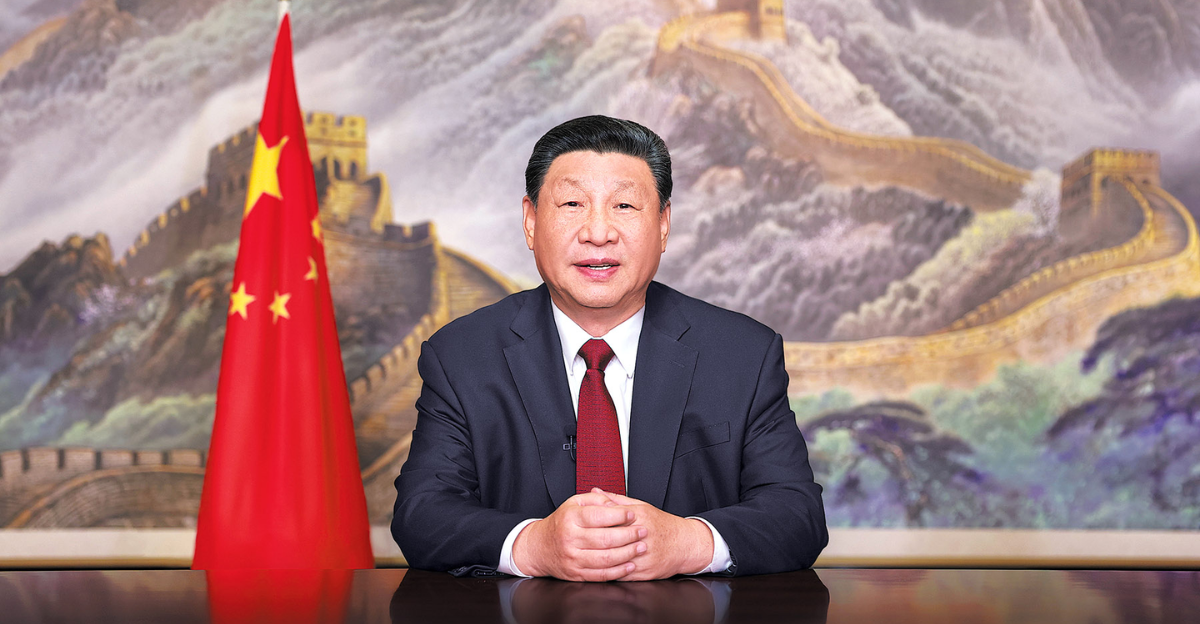
The purges of loyalists by Xi Jinping are reminiscent of past practices by authoritarian leaders Joseph Stalin and Mao Zedong. These purges are tactical instruments used to control large political systems vulnerable to internal threats and factionalism, discipline elites, and consolidate power.
Though their scopes and approaches vary, Xi’s campaigns are reminiscent of the violent paranoia of Mao’s Cultural Revolution and Stalin’s Great Purge in the 1930s, both of which targeted loyalists whose loyalty was questioned, in addition to enemies. We can see how purges are used not only to eradicate opposition but also to impose loyalty and realign elite coalitions in the face of regime instability by viewing these campaigns as tools of top-down accountability, where political control and the level of violence intersect.
Historical Similarities to the Great Purge by Stalin

About 70% of the Soviet Central Committee and half of the delegates to the 1934 party congress, including senior military officers, were destroyed during Stalin’s Great Purge. In addition to eradicating dissent, this strengthened Stalin’s paranoia since loyalists were frequently purged as possible competitors.
Although less deadly, Xi’s purges follow the same reasoning: eliminating long-standing groups, including those who supported his ascent, to show the autocrat’s desire for complete control and the proactive elimination of any internal threats. The cyclical nature of authoritarian power purges is further supported by the fact that, just as Stalin’s purges followed economic failure and governance crises, Xi’s current purges also follow political and financial difficulties.
The Cultural Revolution of Mao as a Model
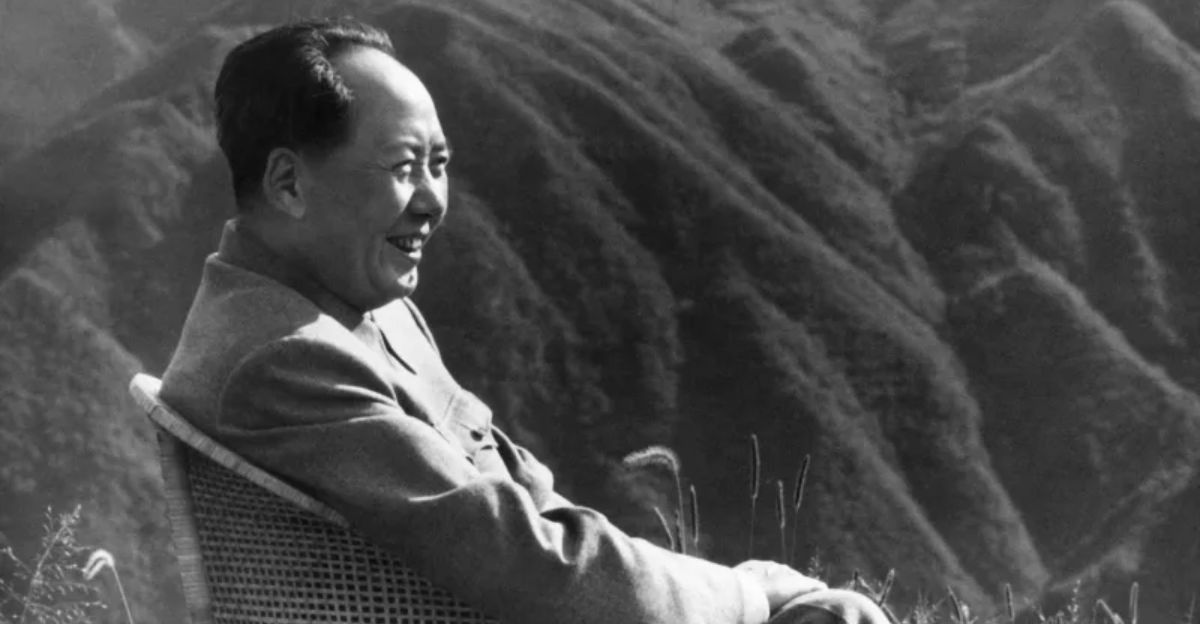
Through widespread mobilization and fierce ideological conflict, Mao’s Cultural Revolution reshaped political culture and targeted former allies. Xi’s use of institutional tools, such as state security and party organs, reflects a more centralized strategy similar to Stalin’s, whereas Mao relied on chaos and upheaval at the grassroots level.
Both leaders demonstrate how political purges can be cyclical and progress from external enemies to internal protégés, highlighting the deadly susceptibility of loyalists in authoritarian regimes once absolute power is sought. Social and economic chaos resulted from Mao’s purges, but Xi’s campaigns prioritized order while still upsetting the party’s elites.
The Constant Purging “Stalin-Xi Logic”

The pattern of Xi’s purges is similar to that of Stalin’s rule: first, rivals are targeted, then waves of former allies and allies of allies are targeted. This never-ending cycle, known as “Stalin Logic,” highlights an autocratic conundrum: no one is safe, not even loyalists, when consolidation is unchecked and unending.
Such purges reinforce the leader’s unassailable position by preventing factionalism and strengthening absolute loyalty. The reasoning behind Xi’s repeated purging of “friends” demonstrates how he sees power as fundamentally erratic, which forces him to handle perceived existential threats methodically.
Strategic and Psychological Aspects
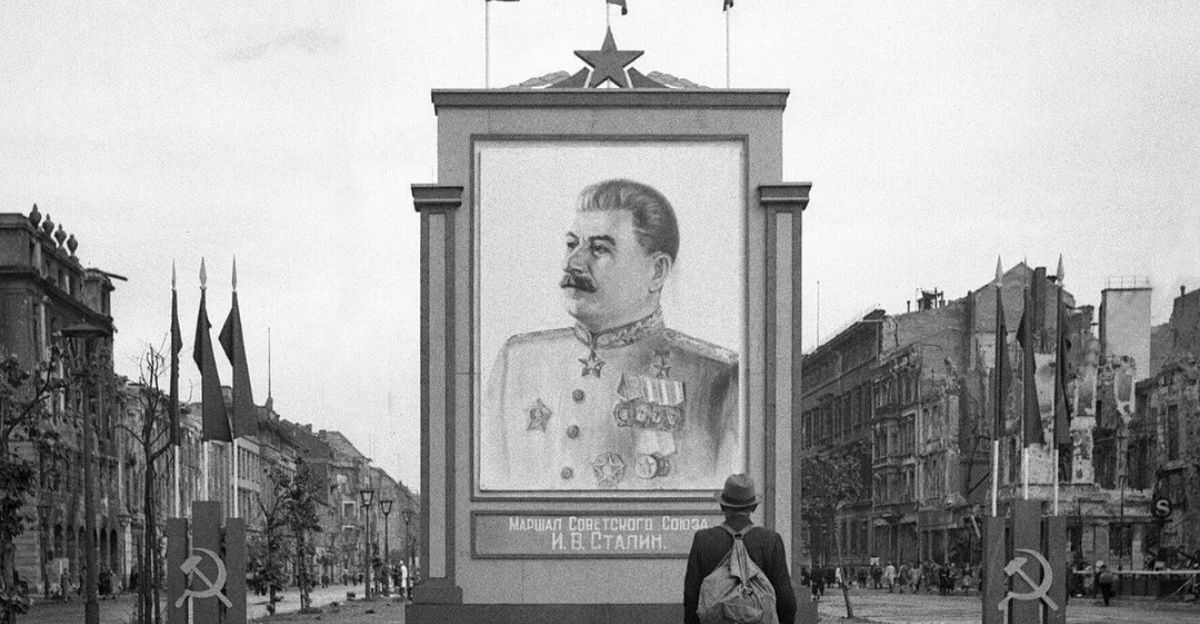
Purges operate both visibly and psychologically—instilling fear, enforcing discipline, and reshaping loyalty networks. Because purge targets are unpredictable, elites become paranoid, which encourages risk aversion and subservience and strengthens the autocrat’s hold on power.
The psychological control mechanisms in Stalin’s USSR, where fear was institutionalized to suppress dissent among even the most loyal party members, are mirrored in this dynamic. Furthermore, fear-based loyalty guarantees that CCP elites self-police, extending Xi’s rule without continual outside interference.
Data on Xi’s Anti-Corruption and Purge Campaigns
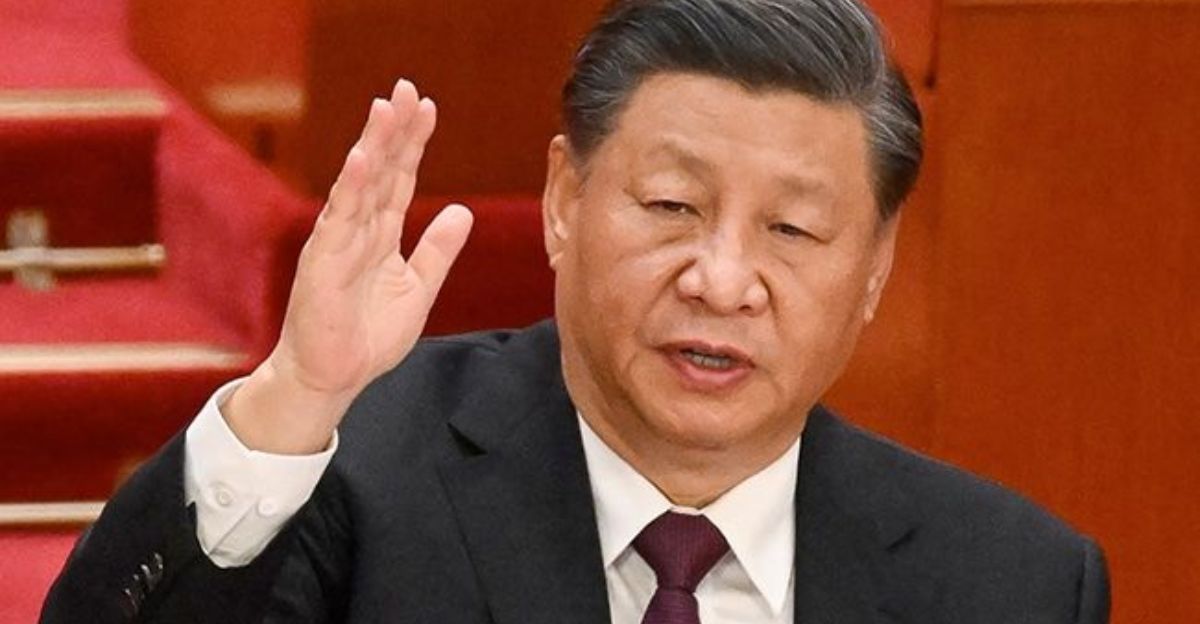
In connection with Xi’s fight against corruption, more than 6 million members of the Communist Party have been disciplined since 2013, and the number has increased recently. The number of senior officials being purged, including military generals, has increased significantly since Xi took office.
The scope of Xi’s ongoing campaign is demonstrated by the roughly 889,000 members who were disciplined in 2024 alone, including 73 at the provincial or ministerial level. Significant removals from the military have occurred, including several generals in important PLA positions, highlighting the fact that no sector is exempt from scrutiny or purging.
Xi’s Purges: Institutional Mechanisms
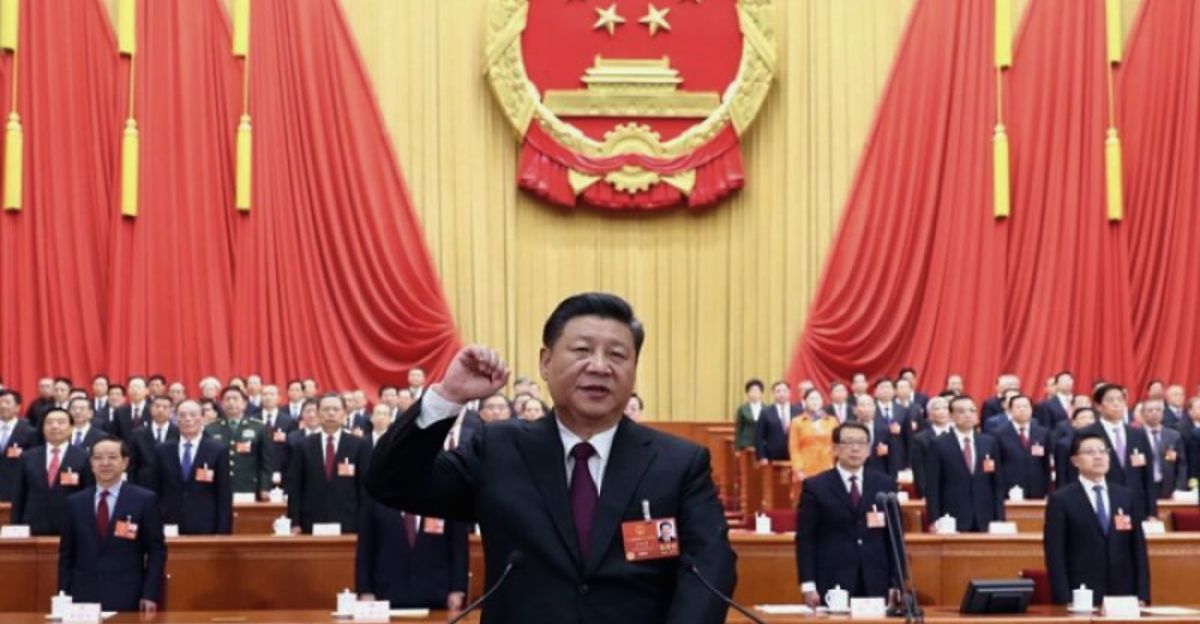
Xi uses institutional state apparatuses, such as the police, state security, and party disciplinary bodies, to impose purges, in contrast to Mao’s mass mobilization. By enabling methodical targeting, information control, and selective enforcement, this approach strengthens stability and consolidates power.
In stark contrast to Mao’s chaotic purges, the persistence of centralized control demonstrates a sophisticated state apparatus used for brutal political discipline. Additionally, by depending on bureaucratic procedures, Xi is able to maintain purges for extended periods of time without jeopardizing the general operation of the state.
More General Patterns of Authoritarian Purges
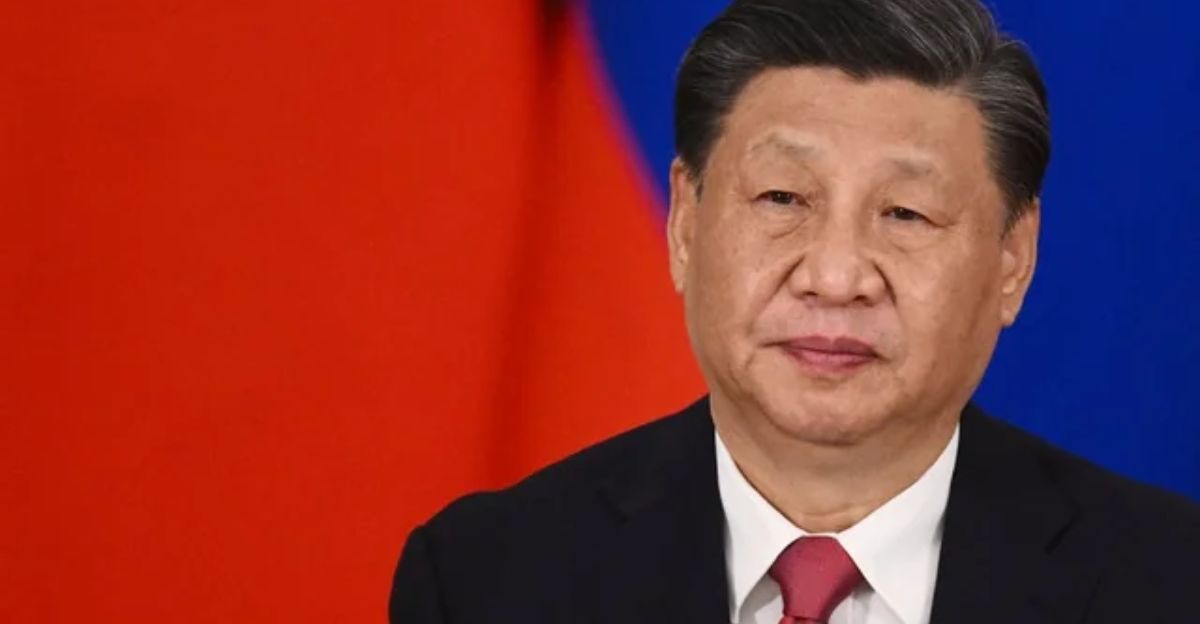
According to research, purges can boost regime survival by influencing elite factions, but they also run the risk of backfiring, including coup attempts. Though they eliminate entire opposing factions, coordinated purges like Xi’s can lead to defensive counter-coups.
Xi’s strategy, a contemporary development of Stalin’s purge tactics with lessons on handling elite backlash, strikes a balance between intensity and scope, appearing to reduce such risks while preserving dominance. The increases are a reflection of larger authoritarian tendencies toward selective violence and bureaucratic control.
The Impact of Xi’s Purges on CCP Cohesion
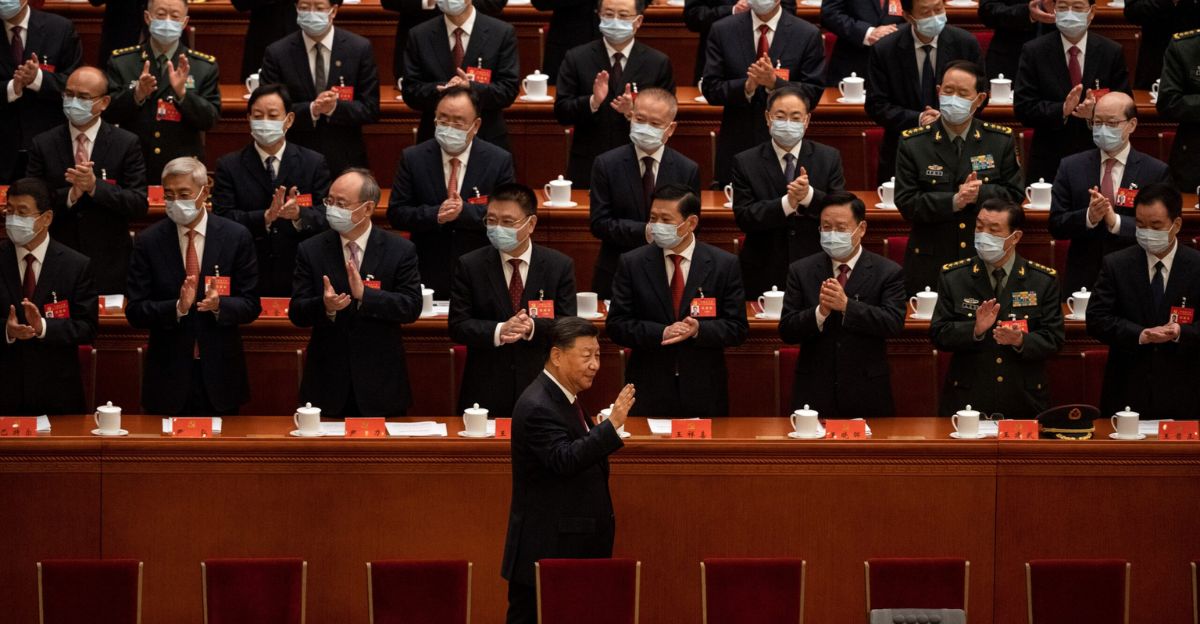
Under Xi, widespread purges worsen elite unpredictability while paradoxically fostering party unity by undermining clientelism and unofficial networks. A homogenized elite that is less vulnerable to factional splits and cautious political appointments are the results of this systemic risk aversion.
Long-term effects include a more centralized CCP under Xi’s leadership, albeit at institutional and financial costs associated with risk-averse governance. In addition to stifling dissent, this pattern inhibits innovation, which is crucial for adaptive governance.
The Spectrum of Purge Intensity
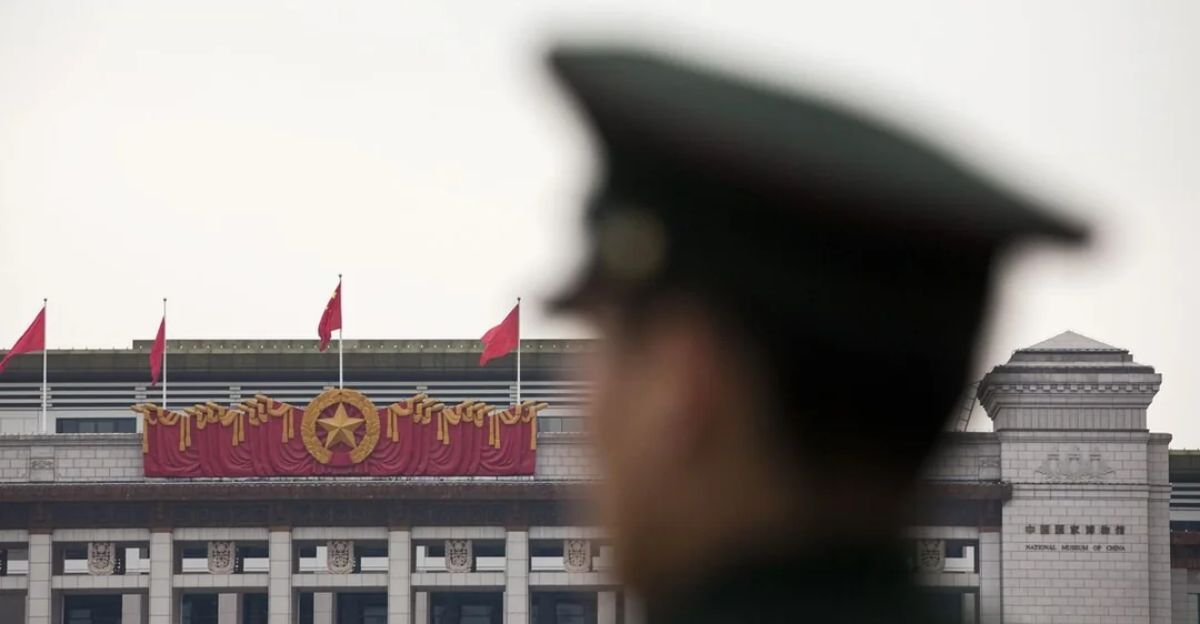
Theoretical models categorize purges according to the level of violence they involve. Mild purges target obvious enemies and are discriminatory, while violent purges are semi-indiscriminate and run the risk of injuring loyalists.
Xi’s purges lie between these extremes, using high-intensity measures selectively to maximize political control without widespread elite destabilization. This complex model explains how Xi maintains the effectiveness and stability of his regime by striking a balance between loyalty and fear. His purging approach combines modern governance tools with traditional authoritarianism.
Effects of the Second Order on Elite Conduct
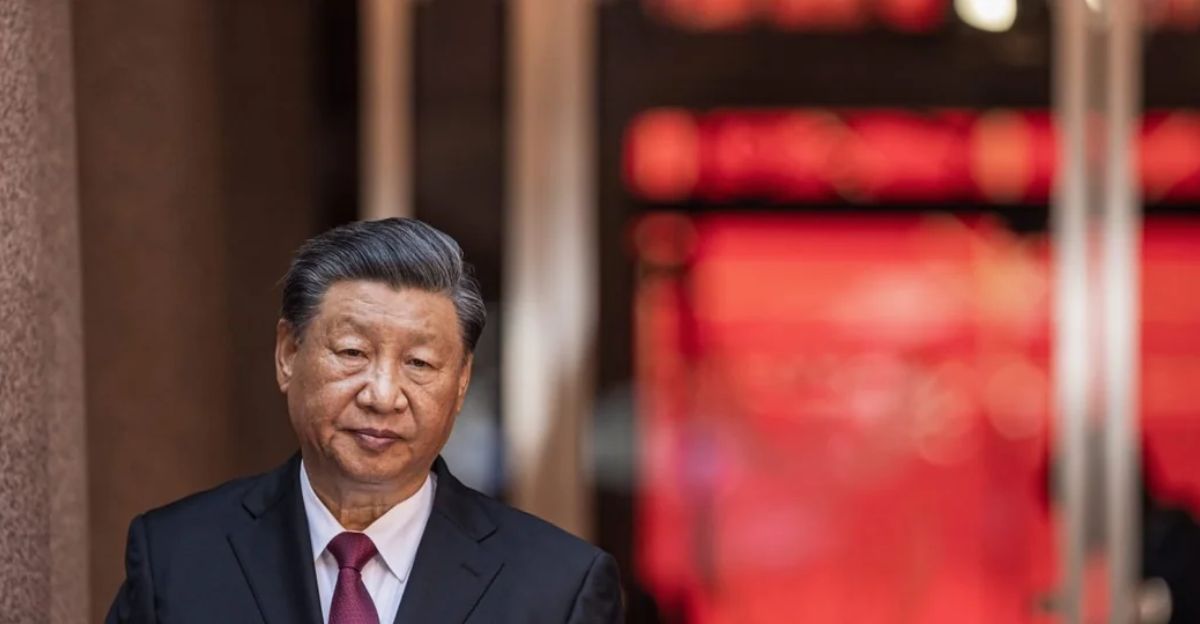
Elites engage in self-censorship, favor loyalty signaling, and decrease risk-taking and factionalism as a result of purges. Decision-making dynamics are altered by such cultural shifts, which may inhibit innovation and policy experimentation while ensuring the survival of the regime.
By emphasizing purges as instruments for elite recalibration rather than outright repression, Xi’s campaign thus reshapes the psychology of the CCP elite in a manner similar to that of Stalin’s USSR. Long-term effects on China’s policy environment result from this behavioral recalibration, which also includes a cautious bureaucracy.
Purges as Instruments of Regime Modernization
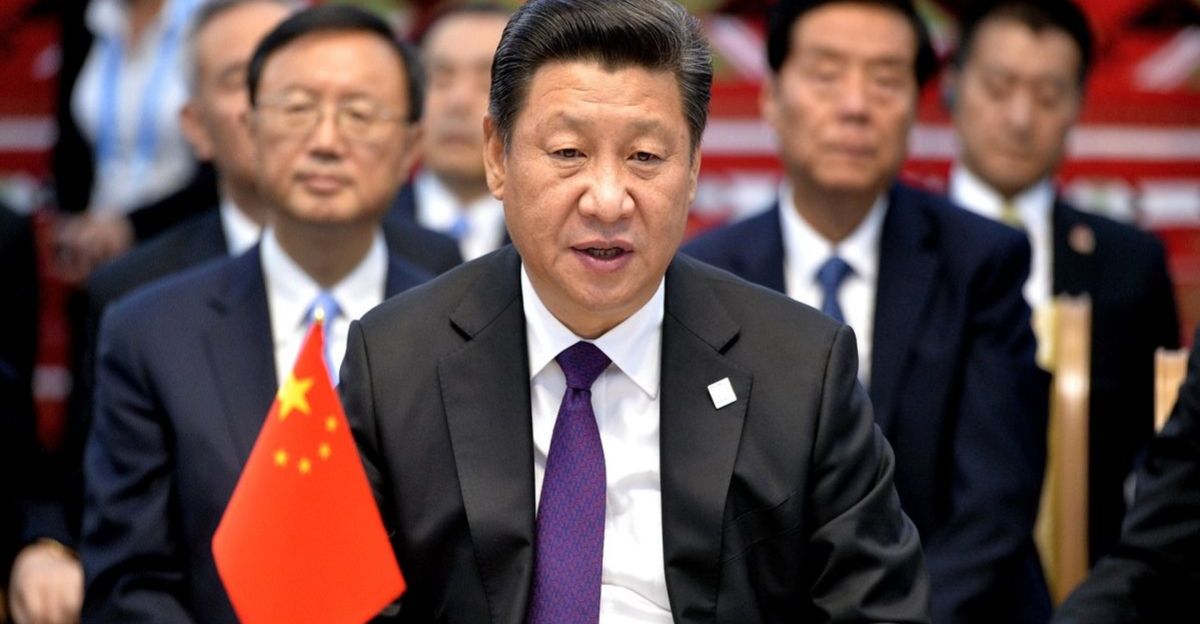
Xi’s purges can be seen as attempts to modernize the regime, in contrast to the idea that they are just ruthless power grabs.
In an effort to maintain discipline, increase the effectiveness of governance, and lower systemic risks from dispersed power bases, Xi has removed corrupt, factional, or incompetent officials, including loyalists. Purges are reframed as severe yet necessary political resets for a complex autocracy dealing with both internal and external issues. This practical aspect highlights a deliberate attempt to stop institutional deterioration.
Purge of Security Apparatus Leaders: An Extreme Case Study

The danger of loyalty is demonstrated by Xi’s dismissal of senior public security officials who had backed previous purges.
Key security officials’ frequent changes are a reflection of Mao’s purging of close lieutenants and Stalinist “trust no one” paranoia, which emphasize purges as a means of preventing the consolidation of power centers other than the supreme leader. Internal CCP fault lines and the brittleness of individual loyalty under authoritarian pressure are also highlighted by this example.
Corporate Governance and Purges
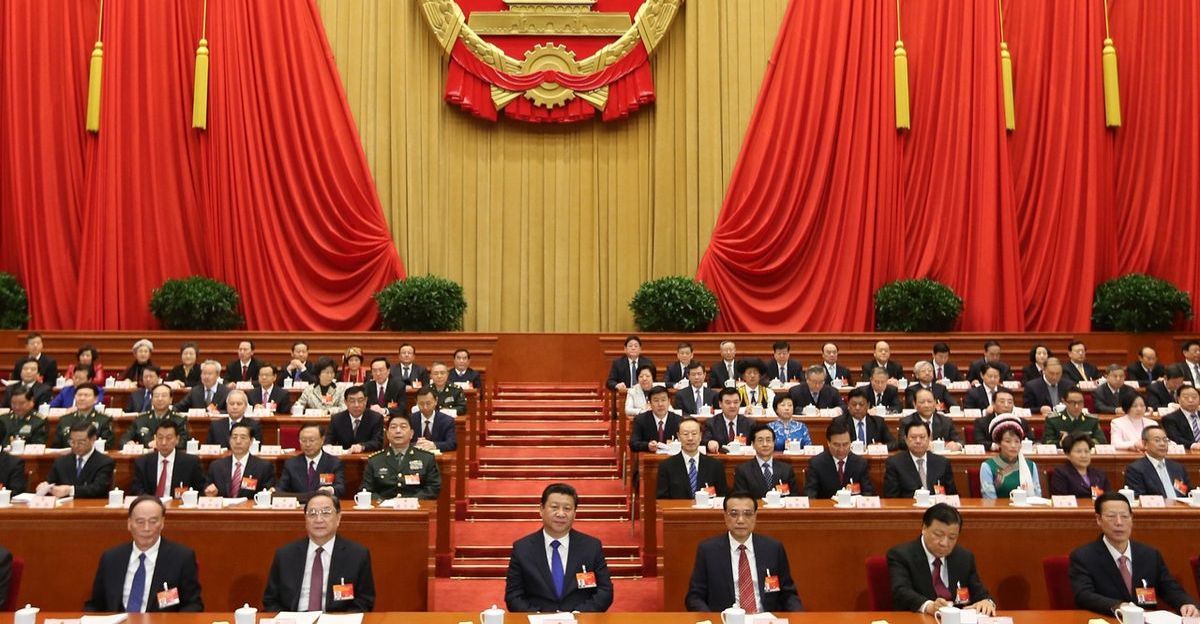
Like a CEO’s purge of disloyal executives, Xi’s purges are similar to authoritarian “corporate governance” models in which leadership imposes stringent top-down control.
In a regime-as-corporation framework, this analogy emphasizes how political purges serve as corporate-style restructurings meant to maximize leadership hierarchies and make the chain of command more clear. Such a management perspective provides new understanding of the strategic calculations underlying long-term organizational discipline and authoritarian purges.
Future Scenarios Hypothetical: Increasing Purge Cycles
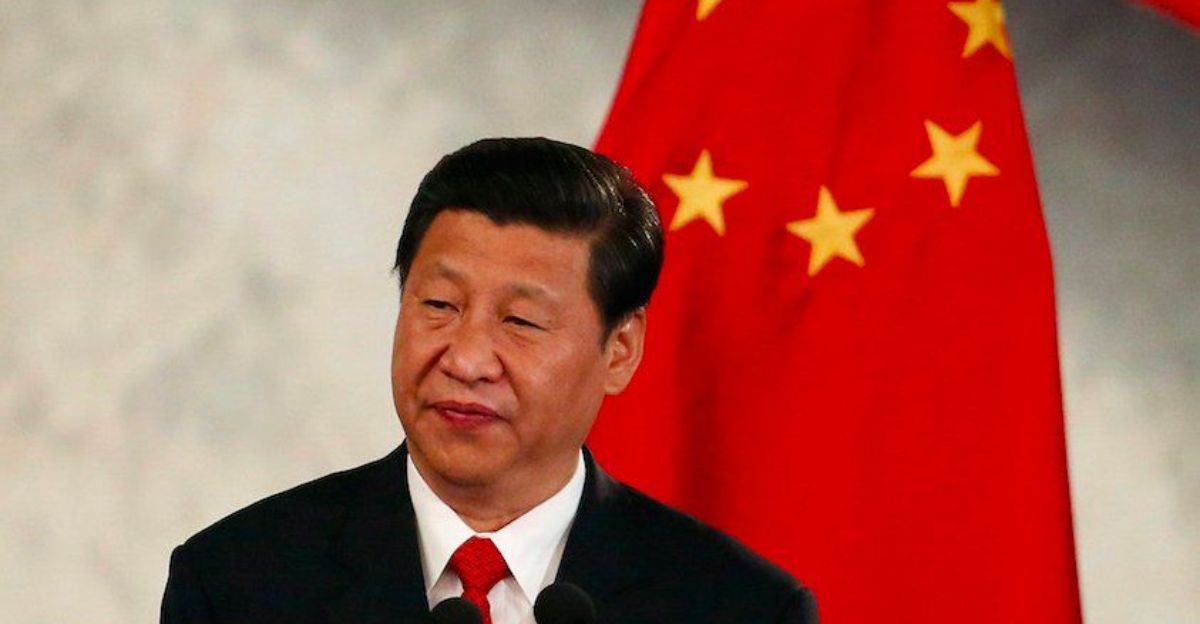
If Xi’s purges go on, they might become more intense and resemble Stalin’s late purges, focusing on loyalists who are becoming more and more marginalized.
This could lead to unanticipated resistance and elite insecurity. Long-term purging, on the other hand, might result in a completely streamlined loyalist elite, strengthening autocratic control but running the risk of institutional stagnation and fragile governance. These situations highlight how authoritarian survival tactics require a careful balancing act between chaos and control.
Networks and Patronage’s Function in Purge Dynamics
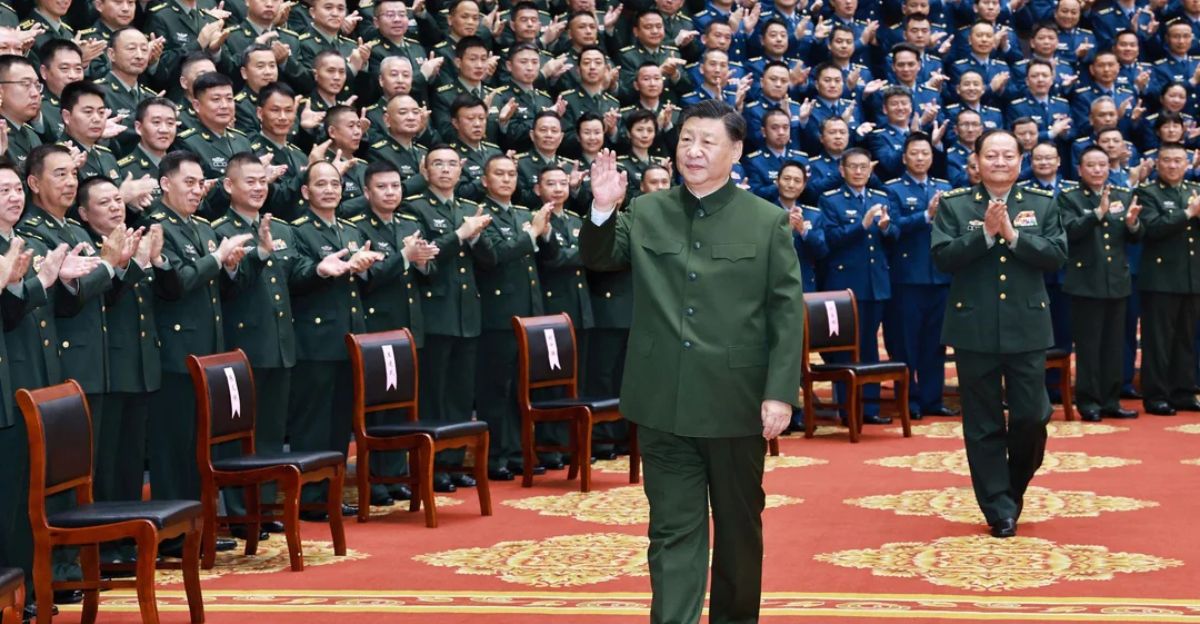
Purges are made more difficult by the interaction of Xi’s patronage networks, as some officials are shielded while others are implicated by factional ties and personal loyalty.
This dynamic, which is evocative of Stalin’s paranoia and Mao’s factional purges, exposes purges as instruments to reshape patronage landscapes and enforce realignment under the apparent authority of the supreme leader. It also reveals the complex social engineering that underlies the consolidation of power in sizable autocratic regimes.
Effects of Psychology on the CCP Elite Class
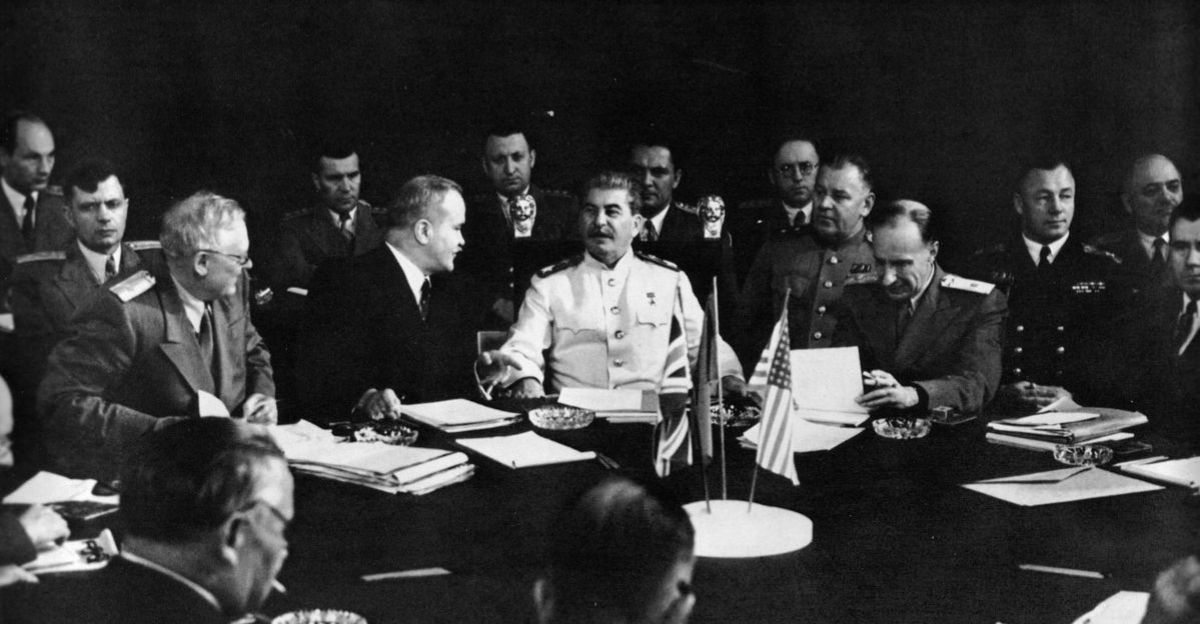
Deep psychological pressures are created among CCP elites by the constant threat of purges, which leads to hypervigilance and self-surveillance.
This setting is similar to Stalin’s USSR, where paranoia was institutionalized and loyalty became performative, drastically changing elite interaction and cohesiveness, probably reducing real policy debate, and encouraging conformity over innovation. The psychological toll might impact China’s ability to make effective policies in the long run.
Lessons for Modern Authoritarianism from Stalin and Mao
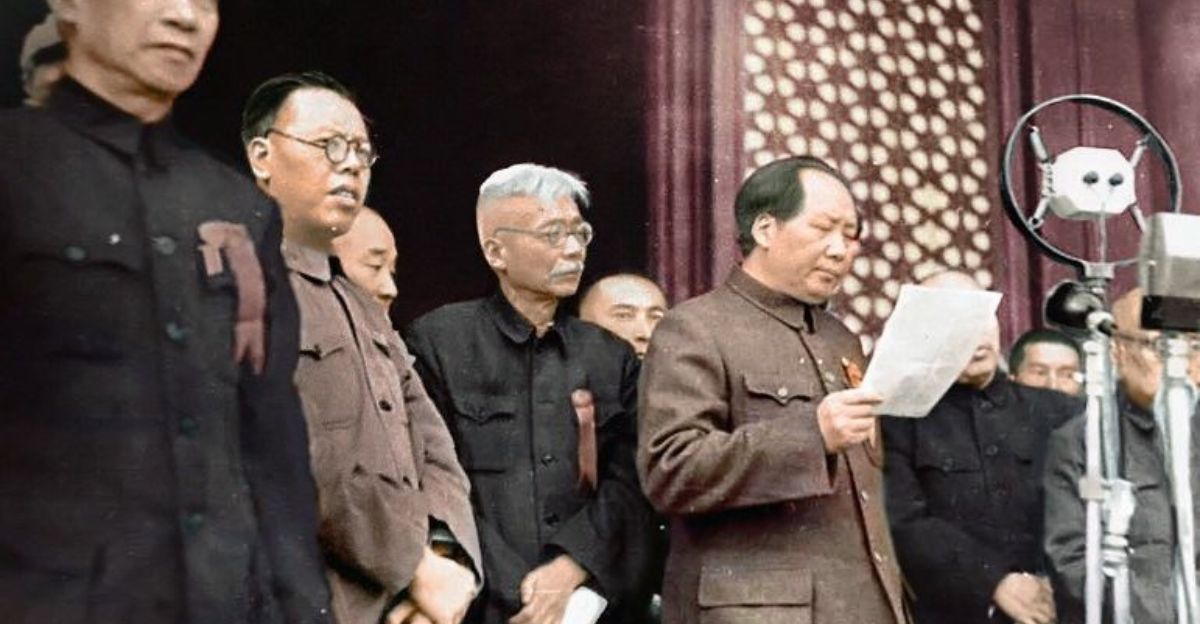
Xi’s purges illustrate the need for periodic brutal elite recalibration to prevent factionalism and preserve power, which is an enduring lesson from Stalin and Mao. However, in order to prevent regime instability, these purges must be controlled.
These lessons are improved by Xi’s strategy, which strikes a balance between state institutionality and coercion to maintain authoritarian resilience in an increasingly globalized world. His leadership demonstrates how authoritarian strategy from the past can be modified to accommodate contemporary complexity.
Wider Consequences for Authoritarian Governance Around the World
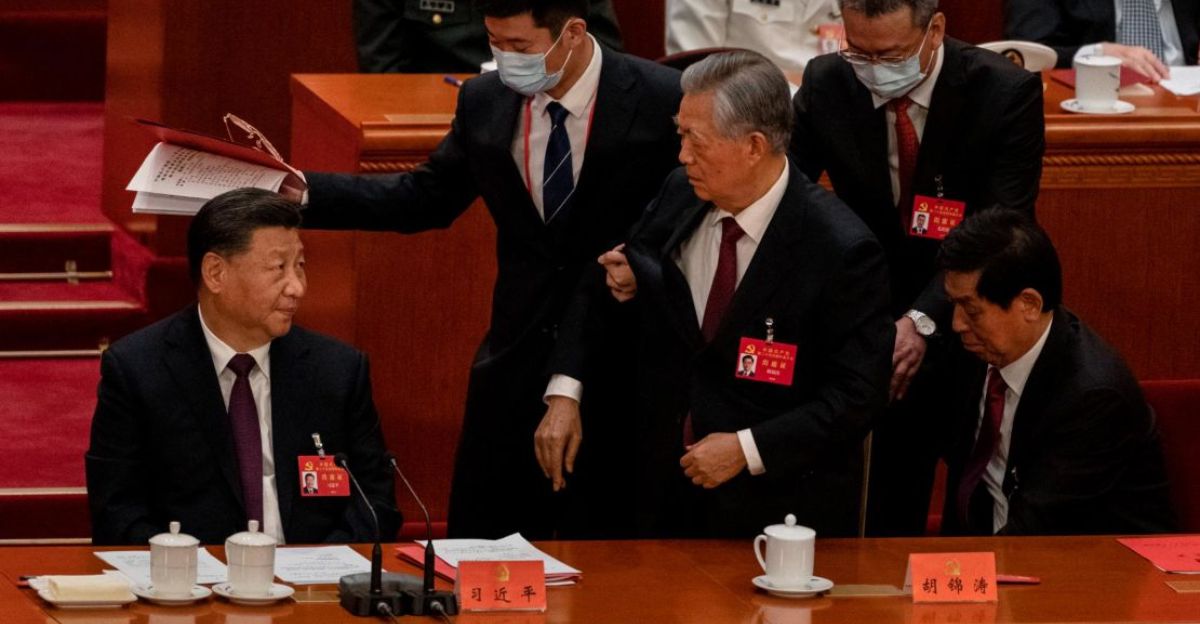
Xi’s purges are part of a global trend where authoritarian leaders use systematic, efficient purges to maintain control over complex states.
In contrast to the chaotic mass mobilization purges of the past, this strategy suggests a new authoritarian toolkit that combines bureaucratic control and repression, influencing regimes outside of China and influencing autocracy in the twenty-first century. This evolution can be seen in several modern regimes that use new tools to adapt outdated models.
In Conclusion
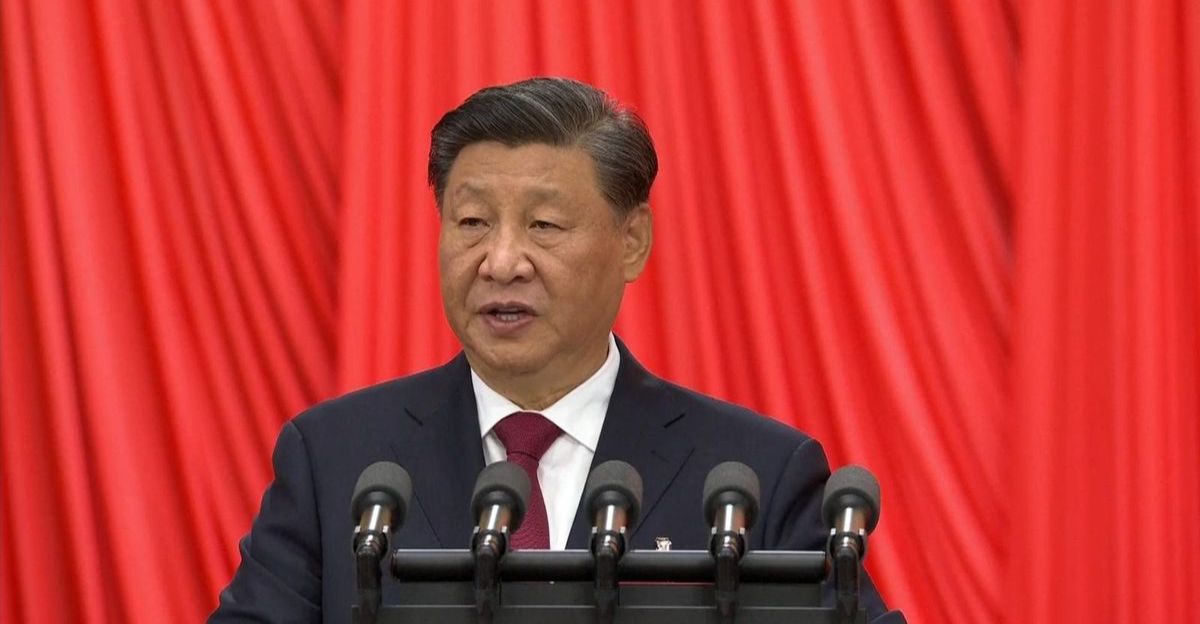
The strategic use of purging as a fundamental autocratic mechanism is reinforced by Xi Jinping’s purges of loyalists, which strikingly resemble the historical models established by Mao and Stalin. Xi uses purges to impose loyalty, consolidate power, and rebalance elite alliances by fusing Mao’s ideological discipline with Stalinist institutional repression.
This continuous procedure emphasizes the paradox of authoritarian rule: total authority necessitates unwavering sacrifice and attention, even from loyalists. Xi’s regime’s long-term stability will hinge on striking a balance between institutional resilience and brutal control, a fine line his historical predecessors walked, while implementing fresh tactics appropriate for the times.